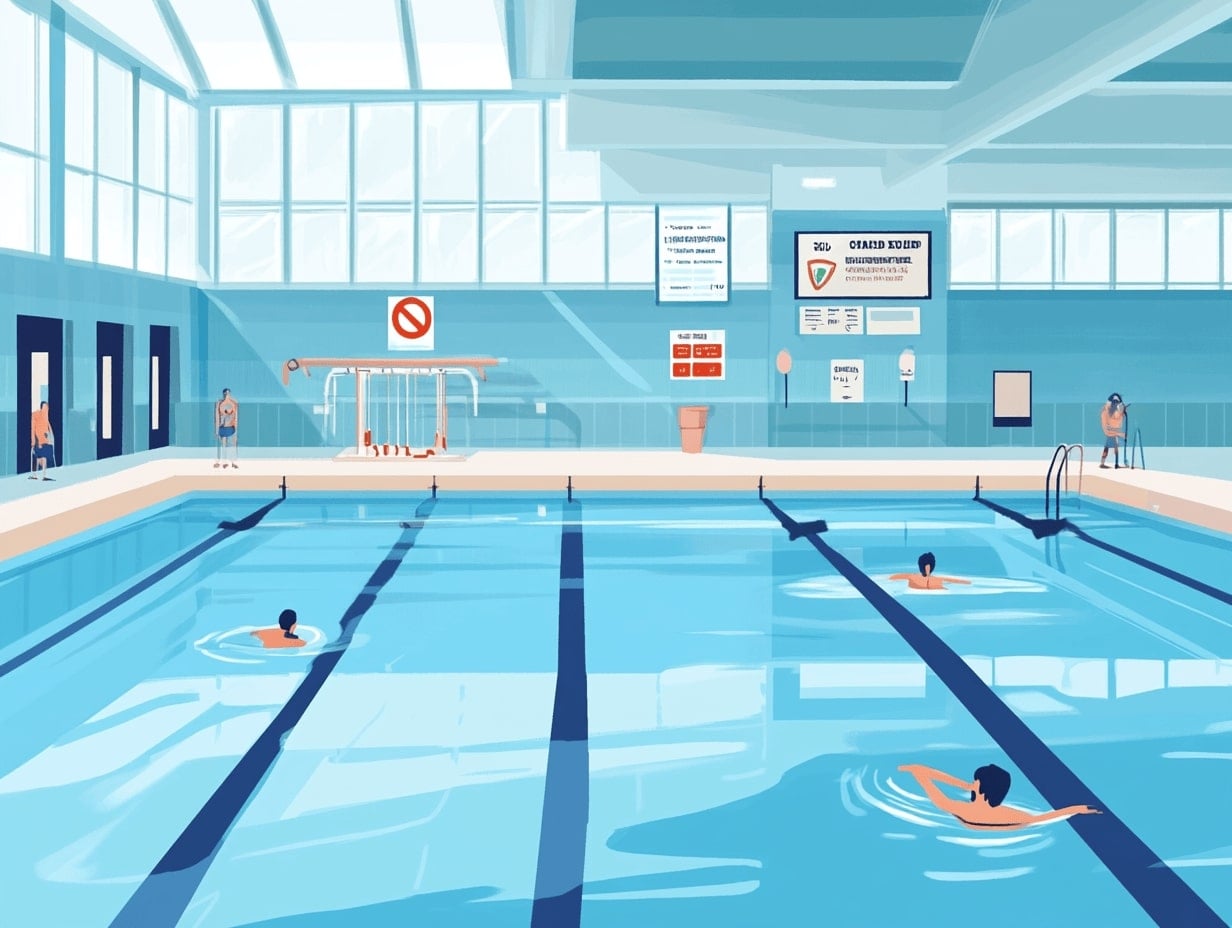Can You Get an STD from a Swimming Pool? Myths Debunked
Jan 29, 2025
Untreated STDs like chlamydia, gonorrhea, and syphilis can cause pelvic inflammatory disease, scarring, and blockages in the reproductive organs, leading to infertility. Regular testing, early treatment, and safe sex practices are essential to prevent long-term damage and preserve reproductive health.
Can You Get an STD from a Swimming Pool?
The short answer is no, you cannot get an STD from a swimming pool. While it's important to practice proper hygiene when swimming in public spaces, STDs are not transmitted through water. Here's why:
STDs require the exchange of bodily fluids or skin-to-skin contact. The transmission of most STDs happens through sexual activities like vaginal, anal, or oral sex, or through skin-to-skin contact in some cases, not through swimming in a pool.
Chlorine in swimming pools kills most bacteria and viruses. Chlorine is used to disinfect pool water and can effectively kill harmful germs, including some viruses and bacteria. While chlorine may not eliminate every single microorganism, it significantly reduces the likelihood of any infection spreading through pool water.
Swimming in a pool is safe when it comes to STD transmission, as long as you follow basic hygiene practices like showering before entering the pool and avoiding swimming if you have open cuts or infections.
What STDs Can Be Spread?
While swimming pools are not a risk for STD transmission, there are a number of ways STDs can be spread. It’s important to be informed about these modes of transmission to protect your sexual health.
Sexual Contact
Vaginal, Anal, and Oral Sex: STDs like chlamydia, gonorrhea, syphilis, HIV, and trichomoniasis can be transmitted through sexual intercourse or oral sex. During these activities, bodily fluids such as semen, vaginal fluids, and blood may be exchanged, facilitating the transmission of these infections.
Condom Use: Using condoms correctly during sexual activities can greatly reduce the risk of most STDs by preventing the exchange of bodily fluids. However, condoms may not fully protect against skin-to-skin transmitted infections like herpes and genital warts.
Skin-to-Skin Contact
Herpes and Genital Warts: Some STDs are transmitted through direct skin-to-skin contact. For example, herpes (both oral and genital) and genital warts (caused by HPV) can be passed even when no symptoms are visible. The virus is often spread through intimate contact, such as kissing or genital-to-genital contact.
No Visible Symptoms: It’s important to understand that even when there are no visible sores or lesions, herpes and warts can still be transmitted. The virus can spread through microscopic tears in the skin or through areas that are not immediately visible.
Preventing STDs
While swimming pools are not a risk for STDs, sexual contact and skin-to-skin contact still pose risks. Here are some steps you can take to protect yourself:
Practice Safe Sex: Consistently using condoms during vaginal, anal, or oral sex is one of the best ways to reduce the risk of transmitting or acquiring an STD. For extra protection, consider using dental dams during oral sex.
Get Regular Testing: Many people with STDs do not experience symptoms, so regular testing is crucial for early detection and treatment. If you’re sexually active, especially with multiple partners, it’s a good idea to get tested regularly.
Communicate with Your Partner(s): Open and honest conversations about sexual health are essential. Discussing testing, protection, and boundaries helps reduce the risk of transmitting STDs. It's important to ensure both you and your partner(s) are on the same page about sexual health.
Vaccination: Vaccines are available for some STDs, such as human papillomavirus (HPV) and hepatitis B. Getting vaccinated can help prevent infections that can lead to cancer or liver disease.
Where to Get Tested
If you’re concerned about your sexual health or are due for an STD test, there are various options for testing. You can get tested at local health clinics, your primary care physician’s office, or through specialized testing services. One reliable option is our partner STDCheck, which offers fast and confidential testing with results available in just a day. Testing is important for maintaining your health, even if you have no symptoms.
Conclusion
You cannot get an STD from a swimming pool. The transmission of STDs requires specific forms of contact, such as sexual activity or skin-to-skin contact with someone who is infected. Pools are disinfected with chlorine, which kills most harmful pathogens, making them safe in terms of STD transmission. However, to protect yourself from STDs, it’s crucial to practice safe sex, get tested regularly, and maintain open communication with your partners. If you’re unsure about your sexual health, don’t hesitate to get tested and take proactive steps to stay healthy.

Dr. Emily Carter
Dr. Emily Carter is a highly experienced sexologist with a passion for fostering healthy relationships and promoting sexual education. She actively supports the LGBTQ+ community through consultations, workshops, and awareness campaigns. Privately, she conducts research on how sexual education influences social acceptance.





